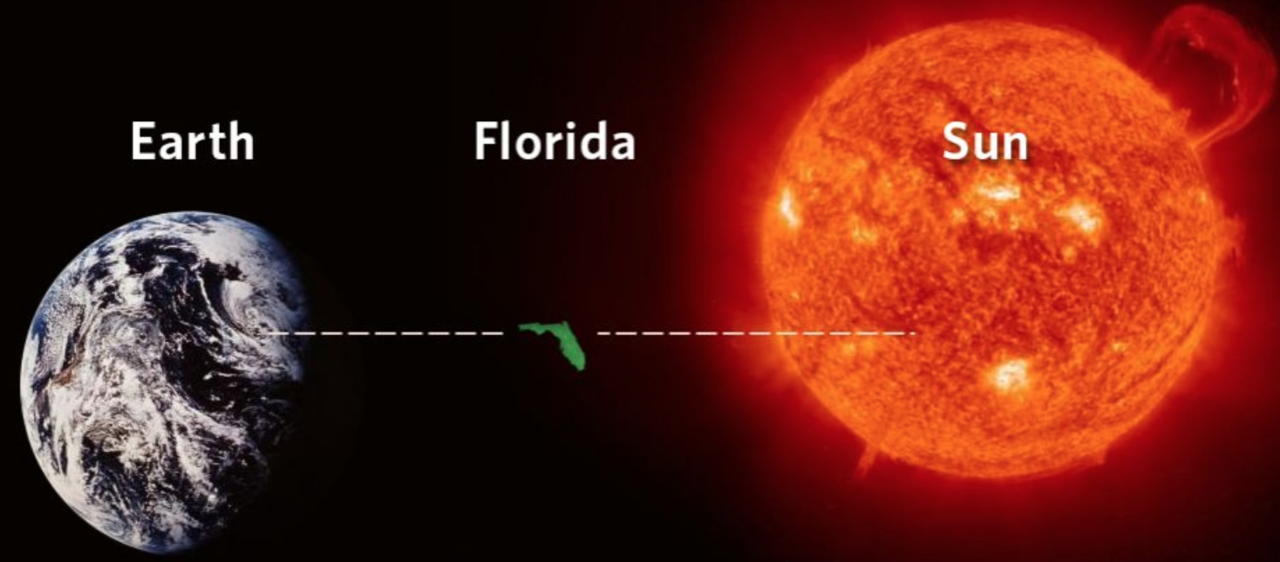How Record Heat
Wreaked Havoc on Four Continents
Wreaked Havoc on Four Continents
By Somini Sengupta, Tiffany May and Zia ur-Rehman
July 30, 2018
July 30, 2018
We talked to people who found themselves on the front lines of climate change this year. Here are their stories.
Expect
more. That’s the verdict of climate scientists to the record-high
temperatures this spring and summer in vastly different climate zones.
The continental United States had its hottest month of May and the third-hottest month of June. Japan was walloped by record triple-digit temperatures,
killing at least 86 people in what its meteorological agency bluntly
called a “disaster.” And weather stations logged record-high
temperatures on the edge of the Sahara and above the Arctic Circle.
Is it because of climate change? Scientists with the World Weather Attribution project concluded in a study released Friday
that the likelihood of the heat wave currently baking Northern Europe
is “more than two times higher today than if human activities had not
altered climate.”
While attribution
studies are not yet available for other record-heat episodes this year,
scientists say there’s little doubt that the ratcheting up of global
greenhouse gases makes heat waves more frequent and more intense.
Elena
Manaenkova, deputy head of the World Meteorological Organization, said
this year was “shaping up to be one of the hottest years on record” and
that the extreme heat recorded so far was not surprising in light of
climate change.
“This is not a future scenario,” she said. “It is happening now.”
What was it like to be in these really different places on these really hot days? We asked people. Here’s what we learned.
Ouargla, Algeria: 124°F on July 5
At
3 p.m. on the first Thursday of July, on the edge of the vast Sahara,
the Algerian oil town of Ouargla recorded a high of 124 degrees
Fahrenheit. Even for this hot country, it was a record, according to Algeria’s national meteorological service.
Hong Kong: Over 91°F for 16 straight days
In
this city of skyscrapers on the edge of the South China Sea,
temperatures soared past 91 degrees Fahrenheit for 16 consecutive days
in the second half of May.
Not since Hong Kong started keeping track in 1884 had a heat wave of that intensity lasted so long in May.
Nawabshah, Pakistan: 122°F on April 30
Nawabshah
is in the heart of Pakistan’s cotton country. But no amount of cotton
could provide comfort on the last day of April, when temperatures soared past 122 degrees Fahrenheit, or 50 degrees Celsius. Even by the standards of this blisteringly hot place, it was a record.
The
streets were deserted that day, a local journalist named Zulfiqar
Kaskheli said. Shops didn’t bother to open. Taxi drivers kept off the
streets to avoid the blazing sun.
Oslo: Over 86°F for 16 consecutive days
“Warning! We remind you about the total ban on fires and barbecuing near the forest and on the islands.”
This was the text message that Oslo residents got from city officials on a Friday afternoon in June.
May
had been the warmest in 100 years. June was hot, too. By mid-July, a
village south of Oslo recorded 19 days when the temperature shot up past
86 degrees Fahrenheit, or 30 Celsius, according to MET Norway.
Spring
rains were paltry, which meant that grass had turned brown dry and
farmers were having trouble feeding their livestock. Forests had turned
to tinder. And city officials put a stop to one of the most popular
Norwegian summer pastimes: heading out to the woods with a disposable barbecue.
Los Angeles: 108°F on July 6
At least Marina Zurkow had air conditioning.
Ms.
Zurkow, an artist, has long been grappling with climate change in her
work. But she was still surprised when a day of extreme weather impacted
one of her projects in a big way.
The
name of that project, which was designed to make people think about the
impact of climate change on how we eat, is “Making the Best of It.” It
is only half in jest.
Somini Sengupta reported from New York and Los Angeles, Tiffany May from Hong Kong, and Zia ur-Rehman from Karachi, Pakistan.
Somini Sengupta covers international climate issues and is the author of “The End of Karma: Hope and Fury Among India’s Young.” @SominiSengupta • Facebook
 Read the FULL Story Here:
Read the FULL Story Here:

Somini Sengupta covers international climate issues and is the author of “The End of Karma: Hope and Fury Among India’s Young.” @SominiSengupta • Facebook
 Read the FULL Story Here:
Read the FULL Story Here:








































